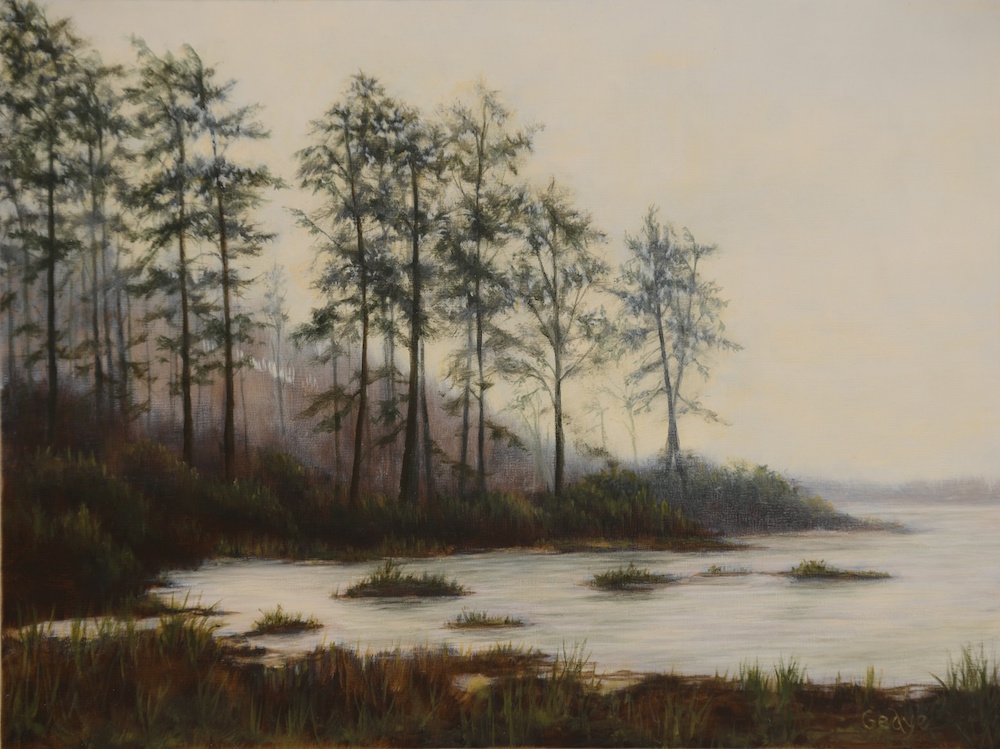2015
Click images to enlarge & see descriptions
Click here for show statement
Aboreality
A year or so ago, I pulled out an old wooden box of black and white photos I’d taken in high school and college photography classes. Bare trees, autumn trees, trees grand and mere saplings—they played the starring role again and again, even decades ago.
And it’s not surprising. Visually, trees inspire, amaze and entrance: who doesn’t admire the majesty of well-formed oak, the way wispy branches frame a view, or how a row of cypress recalls the rolling hills of Umbria? Even a poorly-pruned parking strip tree sometimes exhibits an appealing, jester-like quirkiness.
But I think trees reach us at a deeper level, as if our subconscious knows they cleanse the very air we breathe, as well as provide shelter, fuel, food and shade. Many outlive us by decades—centuries, even—earning a certain wisdom along the way, apparent in their gnarled trunks and vast canopies that mirror equally hard-working, invisible root systems.
On so many levels, trees reflect what is best in humanity and symbolize our highest aspirations: To give generously, and receive humbly. To be firmly rooted, and always reaching for the light. To survive storms, adapt to changing seasons and conditions, and grow stronger and more beautiful with each passing decade.
To translate this feeling of reverence into paint is a humbling exercise. In most cases, I have simplified color and context in order to glorify what I find most enchanting: the sculptural structure and graceful, delicate branches of a bare tree. Zoom out to tree-filled horizons composing a view; zoom in and find dew-dappled twigs and jigsaw-like bark. A single tree can be a source of dozens of compositions and endless lessons—in painting and in life.
March 2015






















